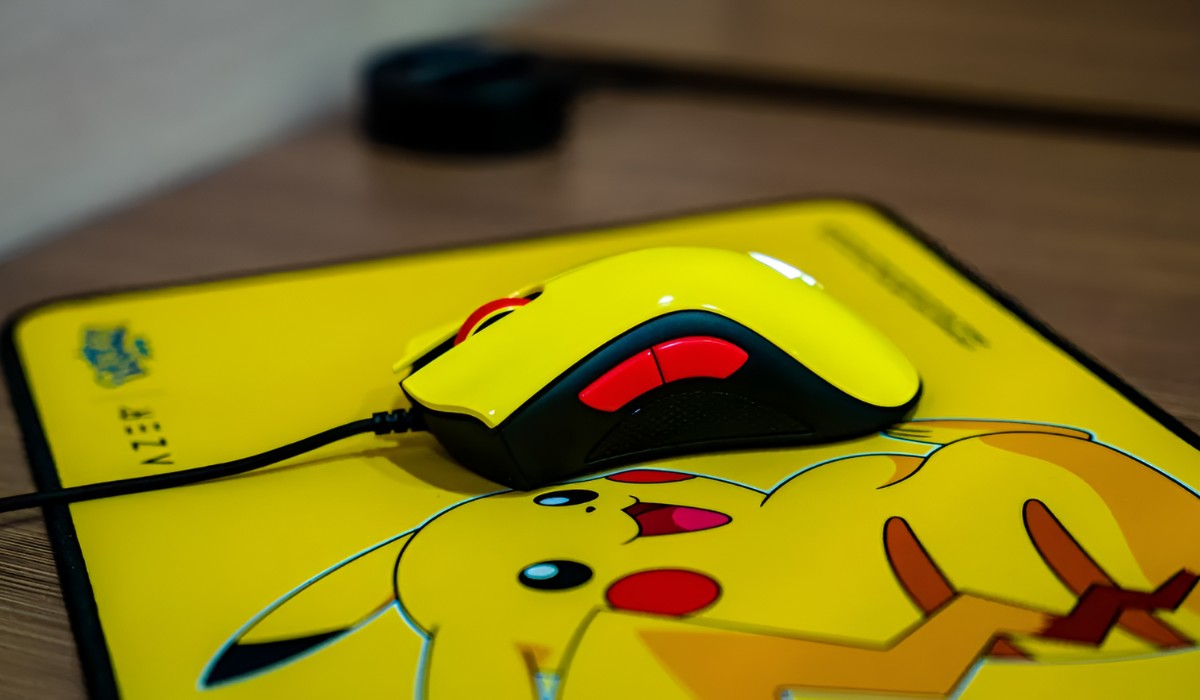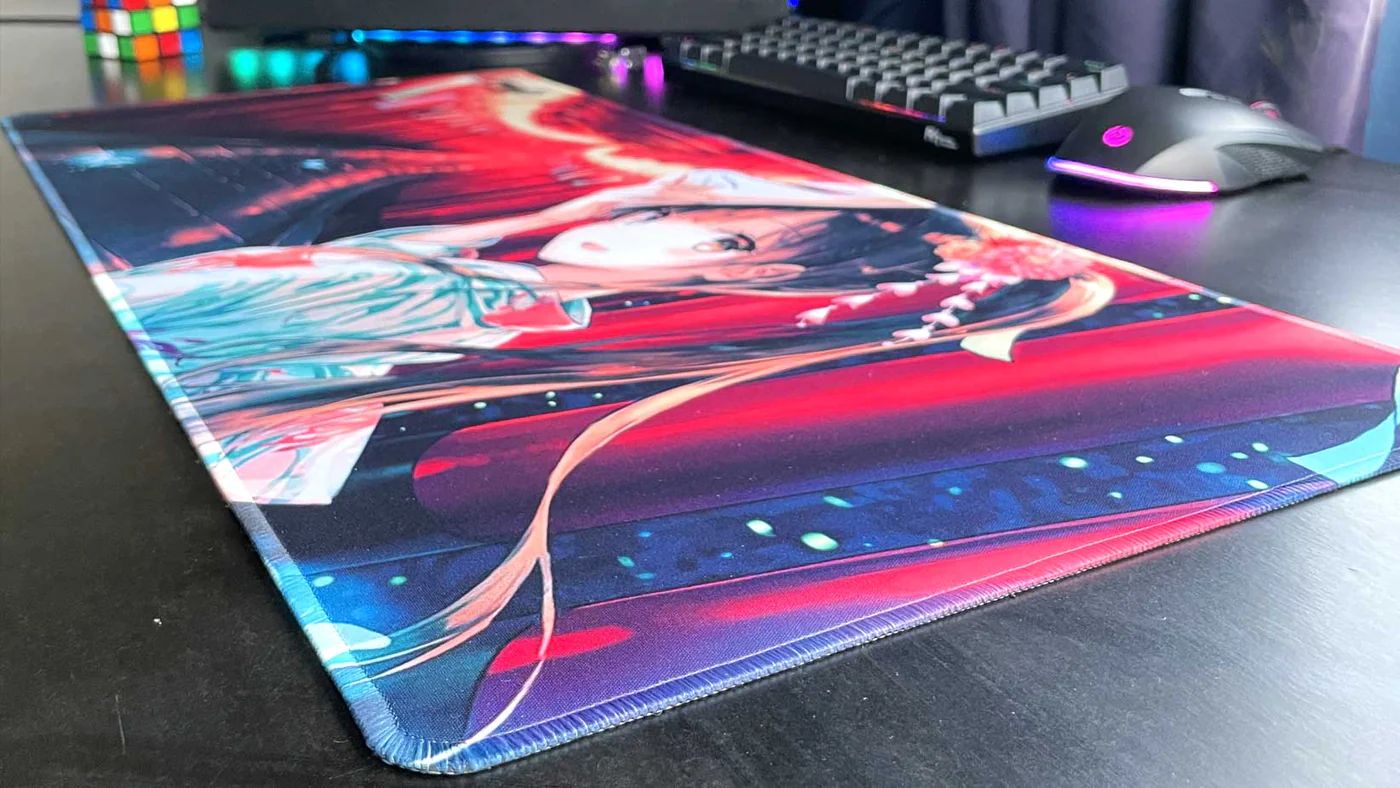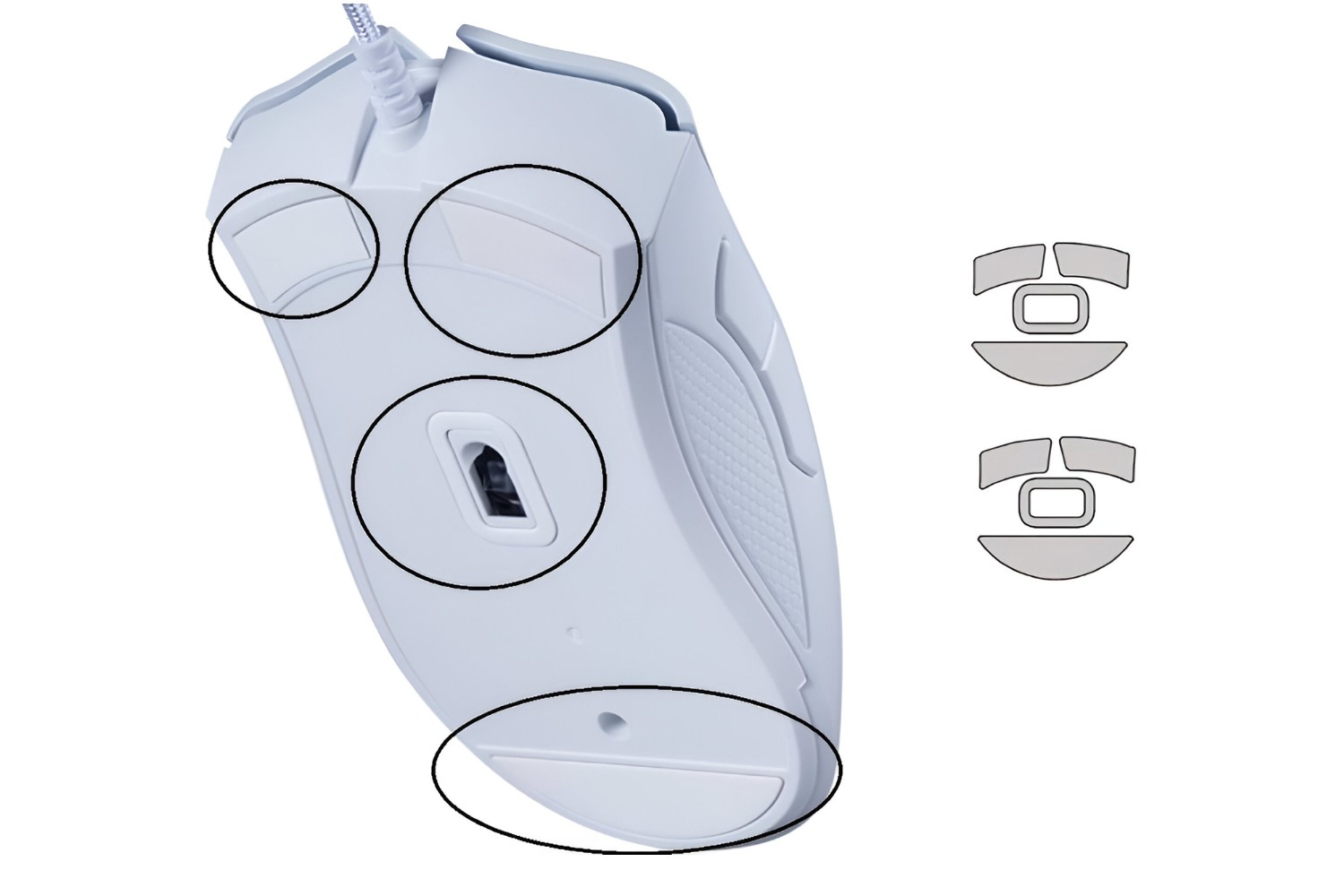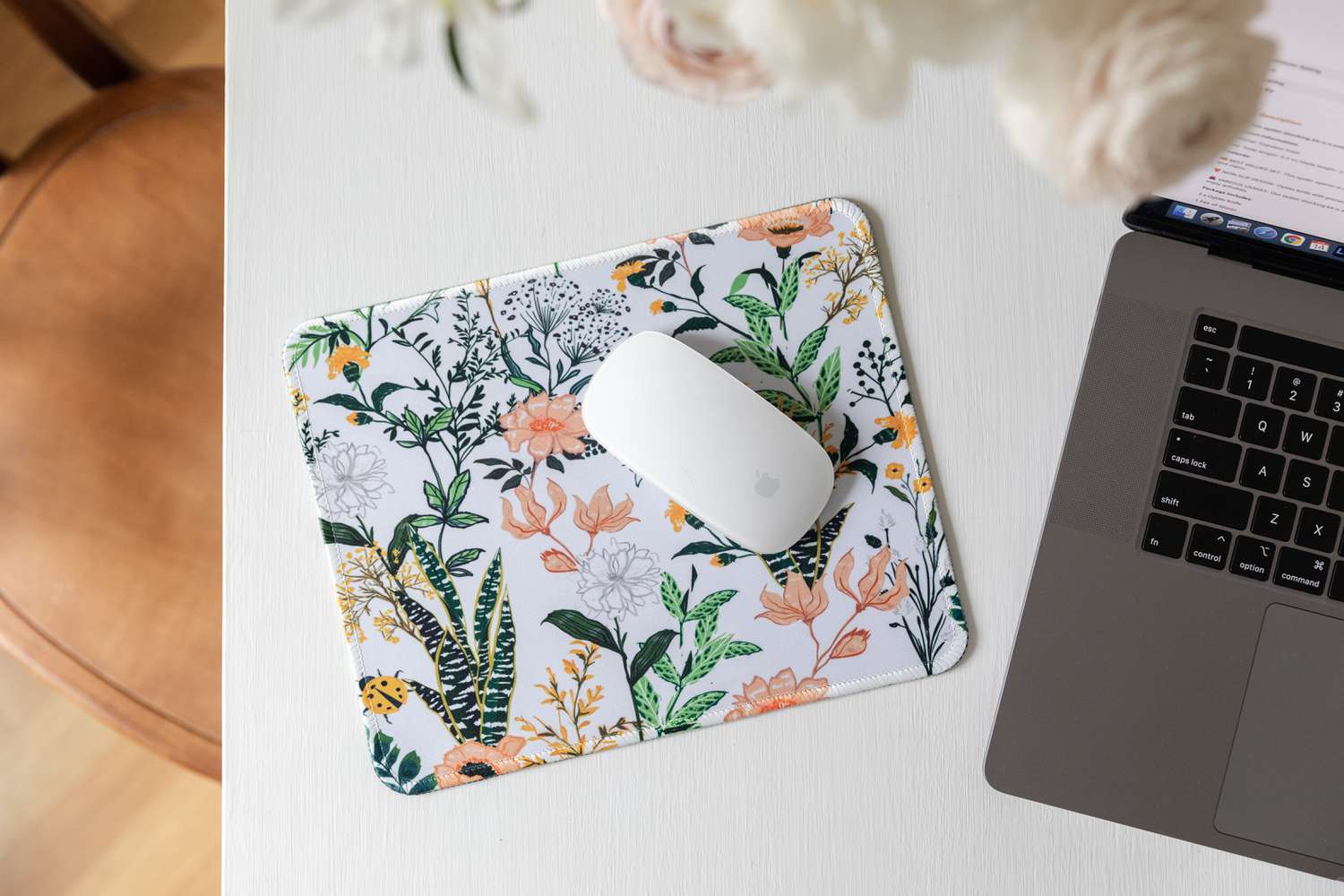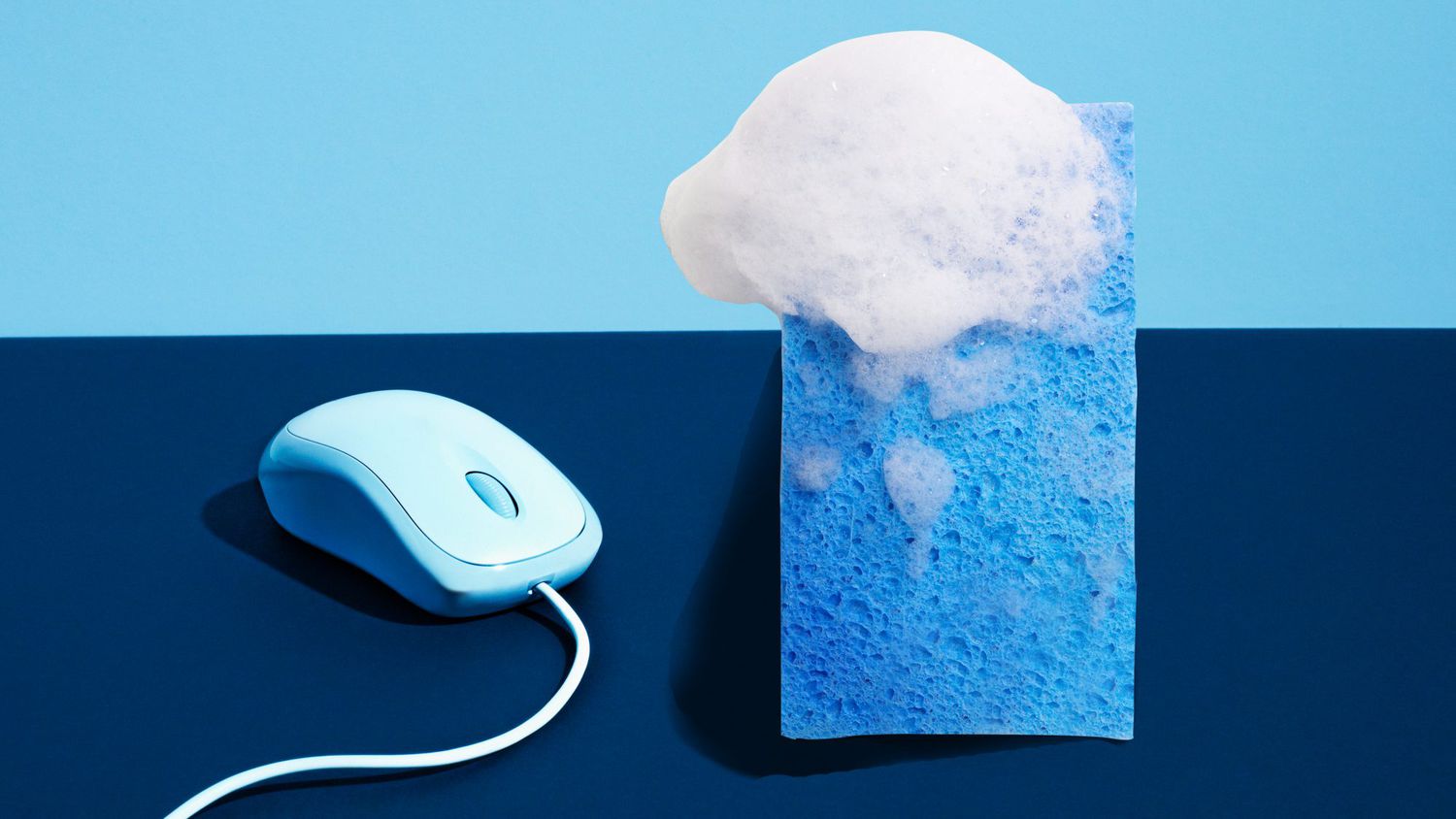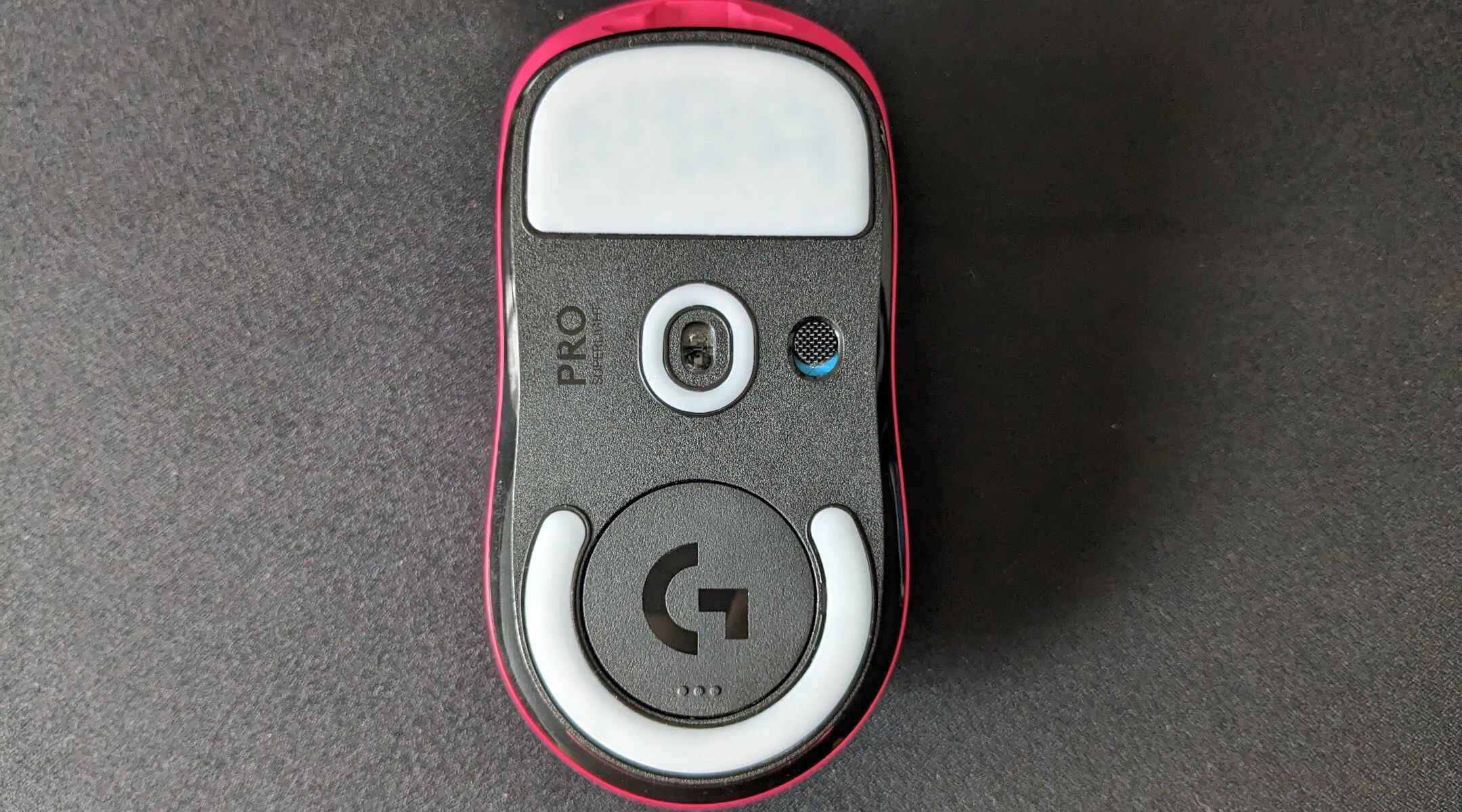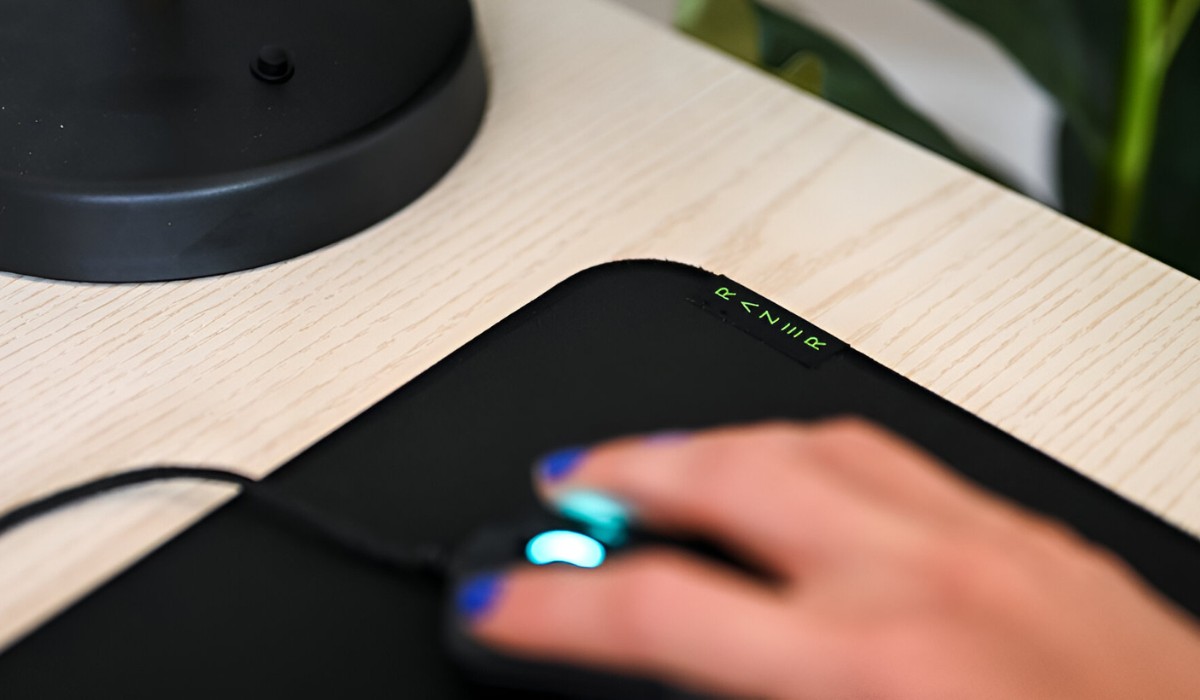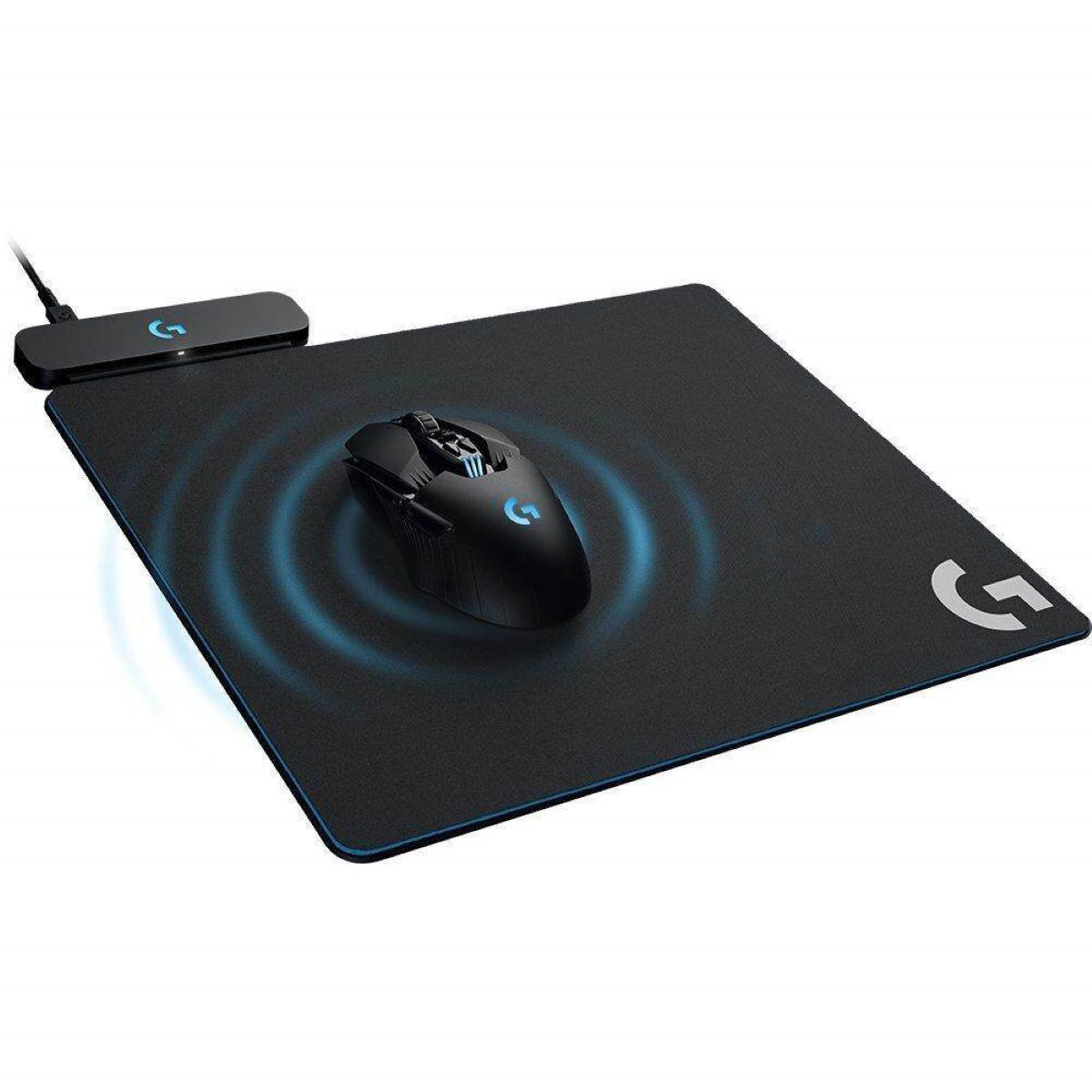Signs of Wear and Tear
Signs of Wear and Tear
Over time, your trusty cloth mouse pad may begin to show signs of wear and tear, indicating that it’s time for a replacement. Here are some common indicators to watch out for:
Frayed Edges
One of the most apparent signs of a worn-out mouse pad is fraying along the edges. As you use your mouse pad regularly, the fabric can start to fray, leading to an uneven surface that affects the smooth movement of your mouse. If you notice fraying along the edges, it’s a clear indication that your mouse pad may need to be replaced.
Surface Discoloration
As you work and play, your mouse pad accumulates dirt, oils, and stains from prolonged use. This can lead to discoloration and unsightly marks on the surface of the pad. Not only does this affect the aesthetics of your workspace, but it can also impact the performance of your mouse. If cleaning fails to restore the pad to its original condition, it may be time to consider a replacement.
Reduced Tracking Precision
As a mouse pad ages, its surface may become less responsive to the movements of your mouse. You might notice that your cursor skips or stutters, making precise movements more challenging. This reduced tracking precision can be frustrating and may indicate that the mouse pad is no longer providing the optimal surface for accurate mouse movements.
Worn Graphics or Design
If your cloth mouse pad features intricate graphics or designs, prolonged use can cause these elements to fade or wear away. This not only detracts from the visual appeal of the mouse pad but can also impact its functionality. When the surface design starts to deteriorate, it’s a clear sign that the mouse pad has reached the end of its lifespan.
Recognizing these signs of wear and tear is crucial for maintaining an efficient and comfortable computing experience. By staying vigilant and addressing these indicators, you can ensure that your mouse pad continues to support your daily tasks and gaming adventures.
Factors to Consider
Factors to Consider
When contemplating the replacement of your cloth mouse pad, several factors come into play, influencing the decision-making process. Understanding these considerations can help you determine the most opportune time to invest in a new mouse pad.
Usage Frequency and Intensity
The frequency and intensity of your mouse pad usage significantly impact its lifespan. If you use your mouse pad extensively for work, gaming, or creative endeavors, it’s likely to exhibit signs of wear and tear sooner than a pad used more sporadically. Assessing the level of wear relative to your usage patterns can guide your decision regarding replacement.
Maintenance and Cleaning Efforts
Regular maintenance and cleaning can prolong the life of your cloth mouse pad. However, despite your best efforts, there comes a point when accumulated grime and wear are beyond remedy. If diligent cleaning no longer restores the pad’s functionality or appearance, it may be time to consider a replacement.
Technological Advancements
The technology and materials used in mouse pad manufacturing continue to evolve, offering enhanced features such as smoother surfaces, improved tracking, and ergonomic designs. If your current mouse pad lacks these advancements and you find yourself craving a more seamless experience, it might be a good time to explore the latest options available.
Personal Comfort and Productivity
Your comfort and productivity are paramount. If you begin to experience discomfort or notice a decline in your efficiency due to an aging mouse pad, it’s essential to prioritize your well-being and work satisfaction. Upgrading to a new, supportive mouse pad can positively impact your overall experience at the computer.
Considering these factors in conjunction with the condition of your current mouse pad can empower you to make an informed decision about its replacement. By evaluating the interplay of these elements, you can confidently select a mouse pad that aligns with your needs and enhances your computing endeavors.
Recommended Replacement Schedule
Recommended Replacement Schedule
Establishing a recommended replacement schedule for your cloth mouse pad is crucial for maintaining an optimal computing environment. While individual preferences and usage patterns vary, a general guideline can assist in determining when to consider replacing your mouse pad.
Every 12 to 18 Months
For moderate to heavy users who rely on their mouse pad daily for work, gaming, or creative tasks, a replacement every 12 to 18 months is advisable. Frequent usage accelerates wear and tear, impacting the pad’s surface smoothness and tracking precision. By adhering to this schedule, you can ensure that your mouse movements remain fluid and accurate.
Every 24 to 36 Months
Users with lighter and intermittent mouse pad usage may find that a replacement every 24 to 36 months suffices. While the wear and tear on the pad may be less pronounced, extended periods of use can still lead to diminished surface quality and performance. Adhering to this replacement schedule promotes a consistent and reliable computing experience.
Customized Replacement Intervals
Individual preferences and specific usage patterns may necessitate customized replacement intervals. Factors such as the pad’s material, maintenance routine, and personal comfort level all contribute to determining the most suitable replacement schedule for your mouse pad. Regularly assessing the pad’s condition and your satisfaction with its performance can guide you in establishing a personalized replacement timeline.
By incorporating these recommended replacement schedules into your maintenance routine, you can proactively address the wear and tear of your cloth mouse pad, ensuring that your computing setup remains conducive to productivity and enjoyment.
Tips for Prolonging the Lifespan of Your Mouse Pad
Tips for Prolonging the Lifespan of Your Mouse Pad
Implementing proactive measures to extend the lifespan of your cloth mouse pad can enhance its durability and performance, ultimately delaying the need for a replacement. Consider the following tips to prolong the usability of your mouse pad:
Regular Cleaning
Regularly cleaning your mouse pad can prevent the buildup of dirt, oils, and debris that can compromise its surface quality. Depending on the pad’s material, gentle hand washing or the use of a damp cloth can effectively remove accumulated grime, preserving the pad’s texture and appearance.
Rotation and Alternation
Rotating and alternating between multiple mouse pads can distribute the usage, reducing the wear on any single pad. This practice can be particularly beneficial for heavy users, as it minimizes the strain on a single pad and extends the lifespan of each pad in your rotation.
Mouse Pad Maintenance
Regularly inspecting your mouse pad for signs of wear, such as frayed edges or discoloration, allows for timely intervention to address potential issues. Promptly addressing these concerns, such as applying fabric tape to prevent further fraying, can prolong the pad’s usability and maintain its functionality.
Optimal Mouse Usage
Adjusting your mouse settings to minimize excessive pressure on the pad’s surface can help preserve its integrity. Additionally, using a mouse pad with a suitable surface texture for your specific mouse model can reduce unnecessary wear and contribute to a prolonged lifespan.
Protective Desk Mat
Placing a protective desk mat under your mouse pad can shield it from abrasive surfaces and minimize friction that contributes to wear. This simple addition can safeguard the underside of the mouse pad, ensuring its longevity.
By integrating these proactive strategies into your mouse pad care routine, you can effectively extend its lifespan and maximize its performance, ultimately optimizing your computing experience while minimizing the frequency of replacements.







